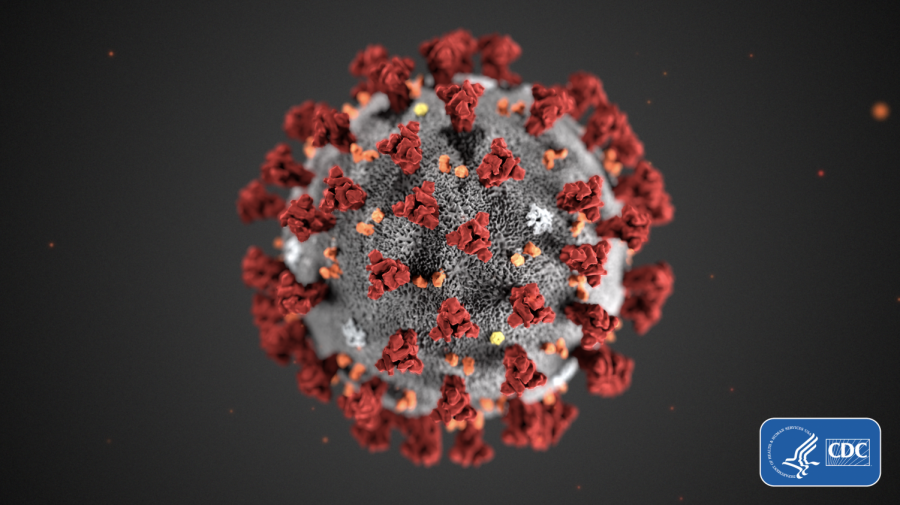Fears of “Coronavirus” Strike Internationally and Locally
This scientist-made model of coronavirus tells people more about the virus, but less about Covid-19.
February 27, 2020
On Dec. 30, 2019, a Chinese hospital in Wuhan reported a cluster of unknown pneumonia-like cases to the China National Health Commission. Since then, the reports have skyrocketed.
The virus is now known widely as the Coronavirus, but it’s more correct name would be Covid-19. Covid-19 was made official to separate it’s 2019 outbreak from the general umbrella term “coronavirus,” as well as to not “refer to a geographical location, an animal, an individual or group of people,” according to the WHO.
It’s had many reported cases in Saudia Arabia, Singapore, and many other countries including the US, however many are uncertain if these are valid claims.
The US has in fact been defined as a country with a real Covid-19 outbreak; altogether, 15 citizens tested positive in Washington, California, Arizona, Wisconsin, Illinois, Texas, and Massachusetts as of Feb 19. Many countries have been found to have the virus, and a continuously updated list can be found here, along with a list of those in the US.
Symptoms of Covid-19 include fever, cough, and shortness of breath. These symptoms can range from being small to life-threatening, occasionally even causing death. Additionally, even after exposure, the Centers for Disease Control and Prevention say that the disease has an incubation period of two to 14 days, meaning that those Covid-19 can spread it easier than others.
As for contamination, of all known about the virus, the most mysterious part is how it is spread. Many coronaviruses can be spread by animals such as cats, cattle, camels, and more, but Covid-19 may spread through different means. What is known is that normal respiratory viruses spread with closer human contact, meaning that to keep safe people should maintain distance, cover their mouths, and avoid touching their (or others’) face.
At the moment, no vaccine has been created to work against Covid-19, so the most efficient way of not being infected by the disease is to not catch it at all.
The CDC recommends various tips to keep safe, like, “Avoid close contact with people who are sick…Avoid touching your eyes, nose, and mouth…Stay home when you are sick…Cover your cough or sneeze with a tissue,” and more common preventions against disease.
With a rapidly growing case, many people wonder what is coming next, and overestimate the possibilities. However, widespread panic will lead to false reports and an even harder time for scientists currently trying to assess the issue. Recently a story circulated social media that Wichita had six cases of Covid-19, however, that was found to be false.
“The State Health Department says there are no confirmed cases of the new coronavirus [in Kansas],” said Fox. “The Director General of the World Health Organization says he’s seen the same problem.”
There were also claims of Covid-19 in Lawrence, specifically an unnamed hospital patient that made a recent trip to the disease’s epicenter, Wuhan City, China. However, the patient tested negative for Covid-19, and the case was thrown out. He’s now in good health and has returned to his normal routine.
Since then, there have also been rumors of quarantine in Kansas City for Covid-19.
“Right now, there are ‘less than 10’ people being monitored for the coronavirus in Kansas City,” said KMBC. “There are no confirmed cases, according to health officials.”
There have been deaths in Kansas, though they have been to influenza. At the moment, the haze of Covid-19 is causing many false claims, but the more dangerous disease has been found to be the flu.
“We’ve had three or four flu deaths already that we know of in the city, so influenza is taking lives right now,” said Rex Archer, Health Department director.
The average person at the moment can only do three things: make sure to know what is going on, protect your body from the disease in general, and don’t panic or over-blow the truth.







